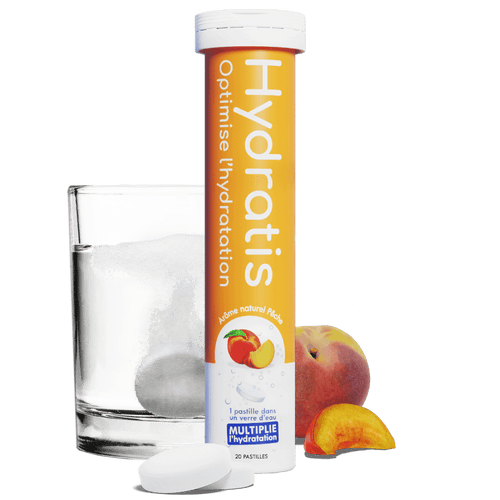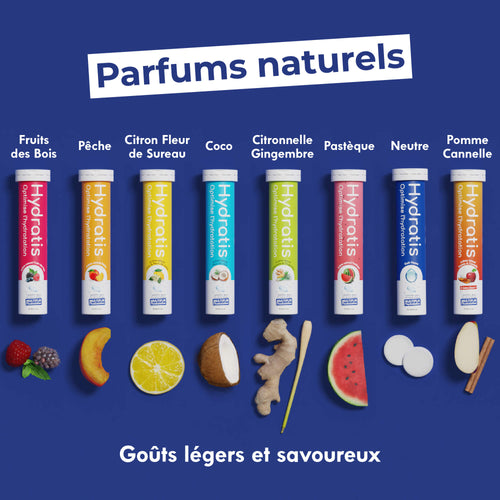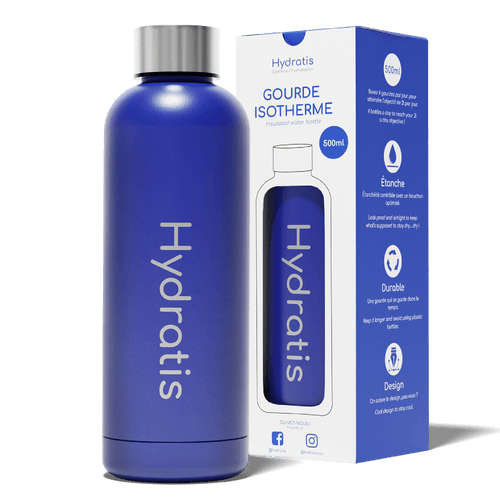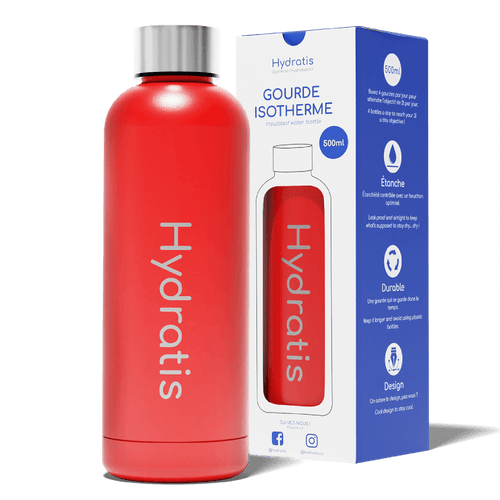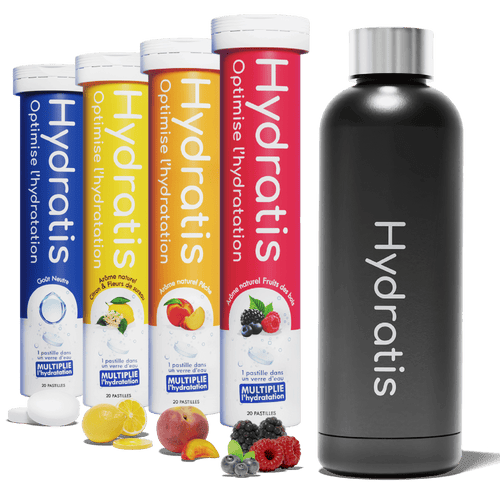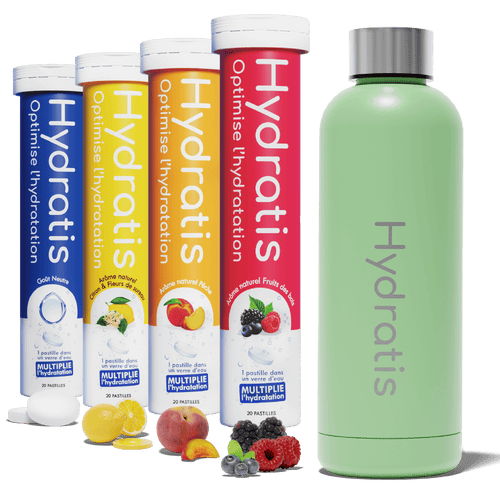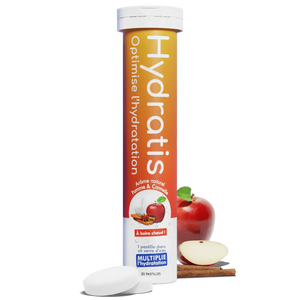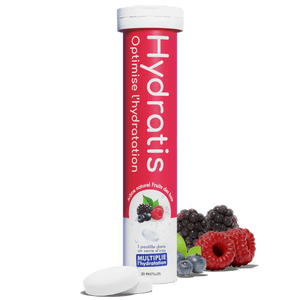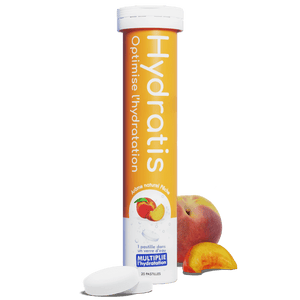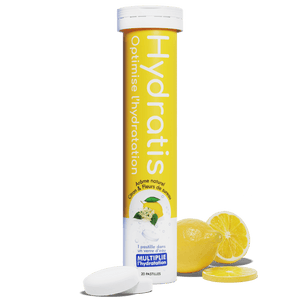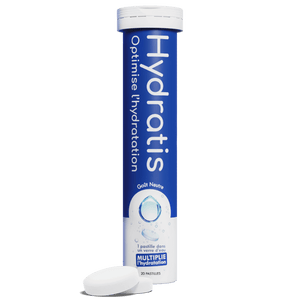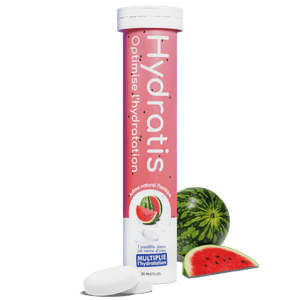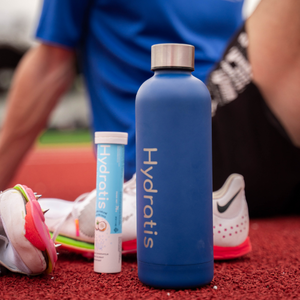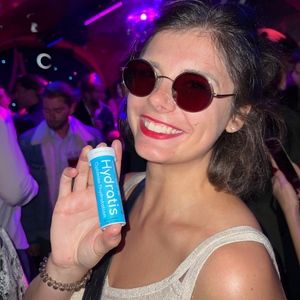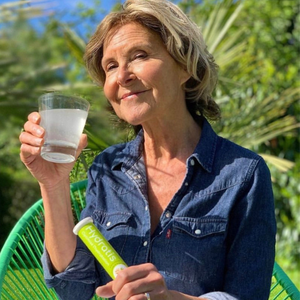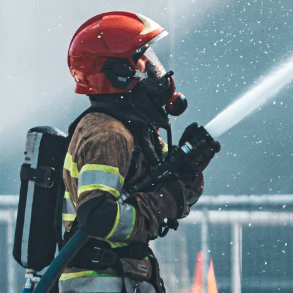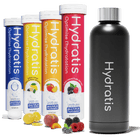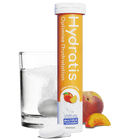
“Wrong routes”: The causes and symptoms of false routes and how to react in the event of a false route?
False routes are obstruction of the airways by a foreign body. It is a life accident responsible for around 4,000 deaths per year and it is for this reason that it is necessary to know the first aid measures to deal with it.
It can affect anyone, but there are also populations particularly at risk, such as the elderly who are particularly sensitive to this problem due to certain physiological changes and disturbances.
What are the causes of false routes?
To understand the occurrence of aspiration, we must first look at the anatomy of the aero-digestive tracts.
The pharynx (or aero-digestive crossroads) is at the crossroads of two roads: the one taken by the air we breathe and the one taken by the substances we swallow.
· Inspired air passes through the trachea, located in the front part of the body, to the lungs.
· Food, drinks pass through the esophagus which is a back pipe of the trachea, leading them directly to the stomach.
When we chew and swallow, the tongue brings the chewed food to the pharynx. The arrival of food at the back of the throat causes the swallowing reflex : it consists of bringing the food bolus into the esophagus while closing the airways to protect them.
There false route is the obstruction of the airways by a foreign body when the swallowing mechanism is poorly executed.
At any age you can make a mistake while eating, drinking or speaking when, by accident, a small volume of food, water or saliva passes into the trachea. When this happens, the body's first reflex is to cough in order to expel swallowed substances back into the pharynx. Then a new swallow brings them back to the right path: that of the esophagus, the lungs are thus protected.
In the elderly, aspiration can result from different factors such as swallowing disorders called "dysphagia" in medical jargon. These are physiological problems that appear over time.
What are the symptoms and risks of a false path?
Wrong routes can have two consequences :
First of all, a partial obstruction of the airways: this is the situation in which the subject can still speak, breathe and cough. No outside help is needed to resolve it, coughing is sufficient.
Then, we have the most serious case which is total obstruction . In this case the subject can neither speak nor breathe. Intervention is urgently needed because asphyxiation can occur quickly.
To differentiate between a partial or total misdirection, you have to see if the person is speaking or not, if they are not speaking you have to act quickly. In general, in the case of total obstruction, people have the reflex to point to their throat to indicate that something is obstructing it. We then understand that they are choking.
Wrong routes have 3 main consequences :
· Choking , asphyxia : can lead to cardio-respiratory arrest.
· Pulmonary infections : if a foreign body reaches the bronchi, it is possible that bacteria or microorganisms, carried by the foreign body, settle and infect the pulmonary tissues.
· Undernutrition : in the elderly, this fear of taking the wrong path can lead to a reduction or even a cessation of eating, of which undernutrition is one of the main consequences.
How to react in the event of a wrong turn?
In the event of partial obstruction : the person should be asked to cough as hard as possible with their mouth open and to breathe well through their nose so that they clear their airways themselves.
ATTENTION :
· Do not slap the back as the vibrations produced could cause the ingested thing to move in the wrong direction and cause a total obstruction .
· Do not calm the cough by giving a liquid which could aggravate the cough.
In the event of total obstruction , first aid measures are:
Pat on the back :
· Place yourself next to the person, tilt your chest forward to mobilize the foreign body.
· With the flat of the hand, tap vigorously with a sharp blow between the two shoulder blades: you can repeat this up to 5 times.
· If after the 5th time the foreign body has not come out, we proceed to the Heimlich maneuver.
Abdominal compression method: Heimlich maneuver :
· We stand behind the person and place our hands at the level of the xiphoid (at the location indicated in the image on the right).
· Make a fist and put your second hand on top.
· The movement to be carried out is an inward and upward movement in order to put pressure on the diaphragm and evacuate the foreign body.
· This movement must be performed up to 5 times maximum. It allows the evacuation of the foreign body in 80% of cases.
If this does not work, we alternate the 2 methods of slapping the back and abdominal compression in a series of 5 until the foreign body is evacuated.
If this happens to a child, there are techniques adapted to the child's size.
If the person is not conscious and is no longer breathing, check the pulse and call for help directly. It is possible to do the Heimlich maneuver on the ground or if the person is seated then pass. to cardiac massage while waiting for help to arrive.
What monitoring and treatment after a wrong turn?
In the case of a total obstruction , it is advisable to call the SAMU (number 15) when it is noticed and even if the foreign body is cleared when help arrives, an examination is recommended especially for the most vulnerable subjects. fragile (children, elderly).
In the case of partial airway obstruction :
In most cases in young subjects, no special monitoring is necessary.
In elderly subjects we look at the frequency of occurrence of aspiration to adapt the treatment and reduce their occurrence. Often the doctor recommends changing the texture of the diet. We have the choice between 4 textures: whole, chopped, milled, mixed. We can end up with syringe feeding or even parenteral feeding for subjects who can no longer eat normally orally.
Why can sparkling water help avoid false paths?
In EHPADs we see that many elderly people only consume sparkling water to avoid taking the wrong path. Gelled water can also be used for more serious swallowing problems. In fact, using carbonated or gelled drinks stimulates the epiglottis . The latter participates in the swallowing reflex, its stimulation therefore makes it possible to avoid false routes. For greater safety, we sometimes even combine these drinks with the use of straws, allowing coordination of movements which reduces the risk of going astray.
What are the points to remember?
· Wrong road is a frequent accident in daily life, but its complications can quickly become serious
· It is essential to know how to differentiate partial obstruction from total obstruction because the treatment is not the same depending on the type of obstruction. First aid actions and reflexes must also be well mastered.
· Pay attention to populations at risk (children and the elderly) for whom appropriate monitoring is necessary.
· If aspiration is too frequent in the elderly, an adaptation of diet and drinks may be considered.
